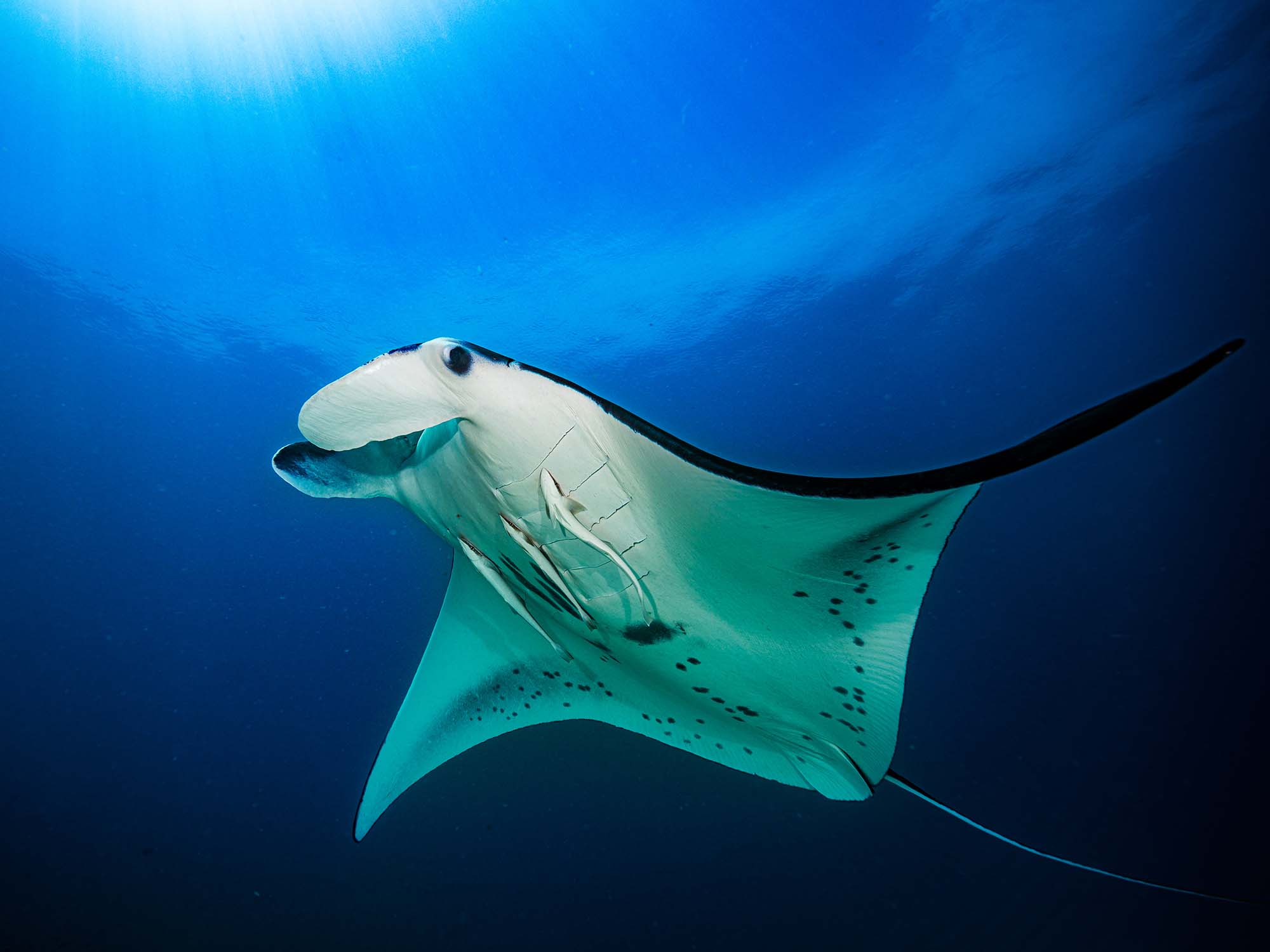Featuring Denise Pietsch
Can your favorite hobby help save the environment? Learn about how underwater photography can make a big impact on ocean conservation and 5 simple things you can do to start making an influence!
Sharing Your Photos
One of the easiest ways to take part in conservation work is something you’re probably already doing: sharing your photos. General estimates show that only 6 million people worldwide scuba dive. That means 99.9% of Earth’s population doesn’t see what divers do. But your photos change that.
Your underwater footage is integral to helping the rest of the world see and understand the delicate beauty beneath the waves, and why it’s so important to save it. You don’t need to be a famous photographer to make an impact. Whether it’s social media or the family table, sharing your underwater images can help others fall in love with the ocean and want to protect it too.

Ikelite Featured Customer Mike Jones contributes to multiple Citizen Science projects, like Redmap and Australian Museum. Image © Mike Jones
Citizen Science Projects
Get involved in scientific research without the PhD! Citizen Science projects consist of crowd sourced data, like underwater photos, which are used in research by scientists around the globe working to protect critical marine life.
Photo-ID projects are an important part of this work. Submitting your images to photo identification projects, like the Florida Manta Project can help establish migratory patterns, population size, and nursery locations all of which aid researchers in studying and defending marine life.

The Florida Manta Project is the first of its kind, dedicated to studying Florida's rare manta nursery habitat and seasonal adult manta ray aggregations. Image © Bryant Turffs
Coral Restoration & Scientific Documentation
Underwater photography is also a key player in marine-based scientific documentation as well as coral restoration.
The researchers at Scripps Institution of Oceanography have been using their Ikelite gear for over a decade to document their research and share it with the public. Community based organizations like The Coral Conservancy use underwater photography for documentation, teaching, and nonprofit marketing. Other underwater photographers, like Ambassador Bill Hawthorne, an Aquatic Ecologist for the Florida Springs Institute, use underwater photography to document and protect freshwater habitats.
Documenting changes in coral and other underwater environments overtime is integral to helping nonprofits and research facilities secure funding to continue their work. Underwater photography provides a visual component to this research which often has a greater impact than just statistics and figures alone.
 Gili Shark Conservation Operational Manager and Marine Biologist Maisy Fuller works on a coral restoration structure off the island of Gili Air, Indonesia. Image © Rhys Logan
Gili Shark Conservation Operational Manager and Marine Biologist Maisy Fuller works on a coral restoration structure off the island of Gili Air, Indonesia. Image © Rhys Logan
Removing Marine Debris
"Leave only bubbles, take only photographs." Safely removing marine debris on your dives is another fantastic way to help support the environment.
Ikelite Featured Customer and author, Jess Alexanderson, regularly takes part in dive cleanups with a local crew in the Pacific Northwest. This is a great way to keep your local dive spot clean and healthy while building a sense of community. If you’re a regular diver, dedicating one dive a month to removing marine debris will make a powerful impact, and studies show that it will make you feel better too!

Ikelite Featured Customer Jessica "Scuba Jess" Alexanderson is pictured with marine debris removed from a dive site in Redondo Beach.
Ikelite Ambassadors Making a Difference
Ikelite Ambassadors and shark enthusiasts Ken and Kimber Kiefer use their images to help educate people on why sharks are so important to protect. Jill Heinerth uses underwater photography to document the importance of water systems hidden below the earth in caves. Ikelite Ambassadors Max Bello and Lorenzo Terraneo advocate for the ocean by holding speaking events and sharing their underwater photos. Their subjects may be different but one thing unites them all: conservation supported by underwater photography.
Some of the most passionate conservationists I know are divers. It’s no wonder that a place you love to explore is a place you want to protect; and your camera gear can play a pivotal role in that protection. Environmentalism doesn’t always mean lobbying congress and marching at protests, sometimes it’s as simple as sharing your latest underwater photo with a friend or submitting an image of a manta ray to an online database.

Nicole Pedersen collecting imagery in St. Eustatius, an island in the Dutch Caribbean. Image © Ralph Pace
If you’re interested in topics like these make sure you're subscribed to our Weekly Newsletter, we frequently feature stories about ocean conservation and photographers making a difference! Do you have an underwater story you'd like to share? Contact us to get your story shared.
Additional Viewing
Every Little Stretch of Coast is Dying, We Need to Act Now!
From Research to Outreach: Underwater Photography as a Tool for Science
Uncovering the Unexpected with the Florida Manta Project
Coral Reef Restoration Program in Bonaire
Swimming Across the Pacific Garbage Patch with Ben Lecomte
Illuminating the Technology of Coral Reef Research
New Manatee Habitat Discovered | A Call to Action [VIDEO]
Diving the Most Successful Marine Protected Area in Mexico

Denise Pietsch (pronounced “Peach”) currently manages Ikelite’s Photo School and social media presence. Denise hails from New Jersey, where she obtained a degree in Dance Therapy. After years teaching dance she migrated into the corporate world and eventually came around to Ikelite via the natural career path of fruit distribution and early childhood development. In the end, her lifelong love of photography and octopuses combined into the work she does now. In addition to sharing her energy and enthusiasm with the underwater community she also manages social media for her dog, Joe, collects vinyl records, and enjoys creating memories with her friends and family.

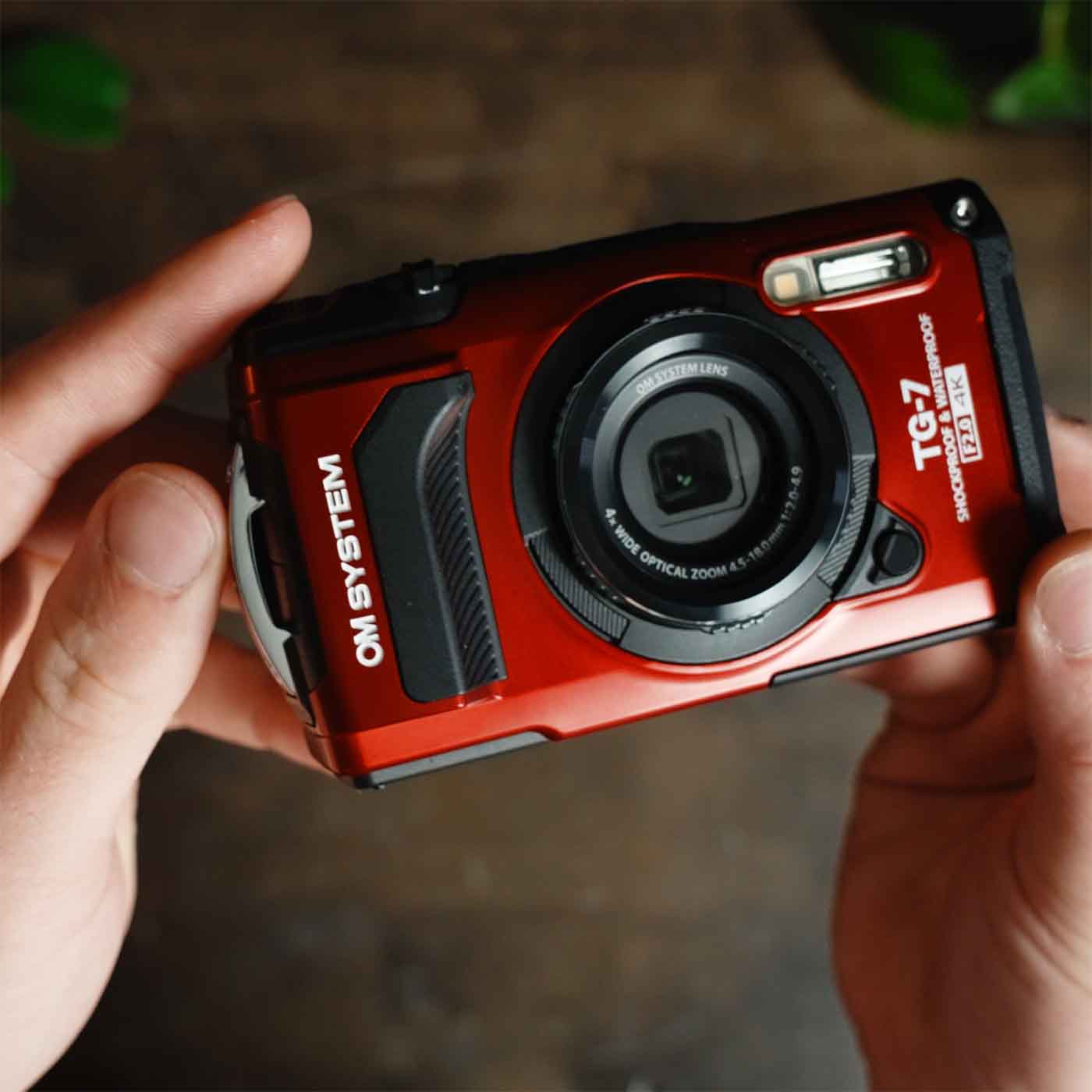
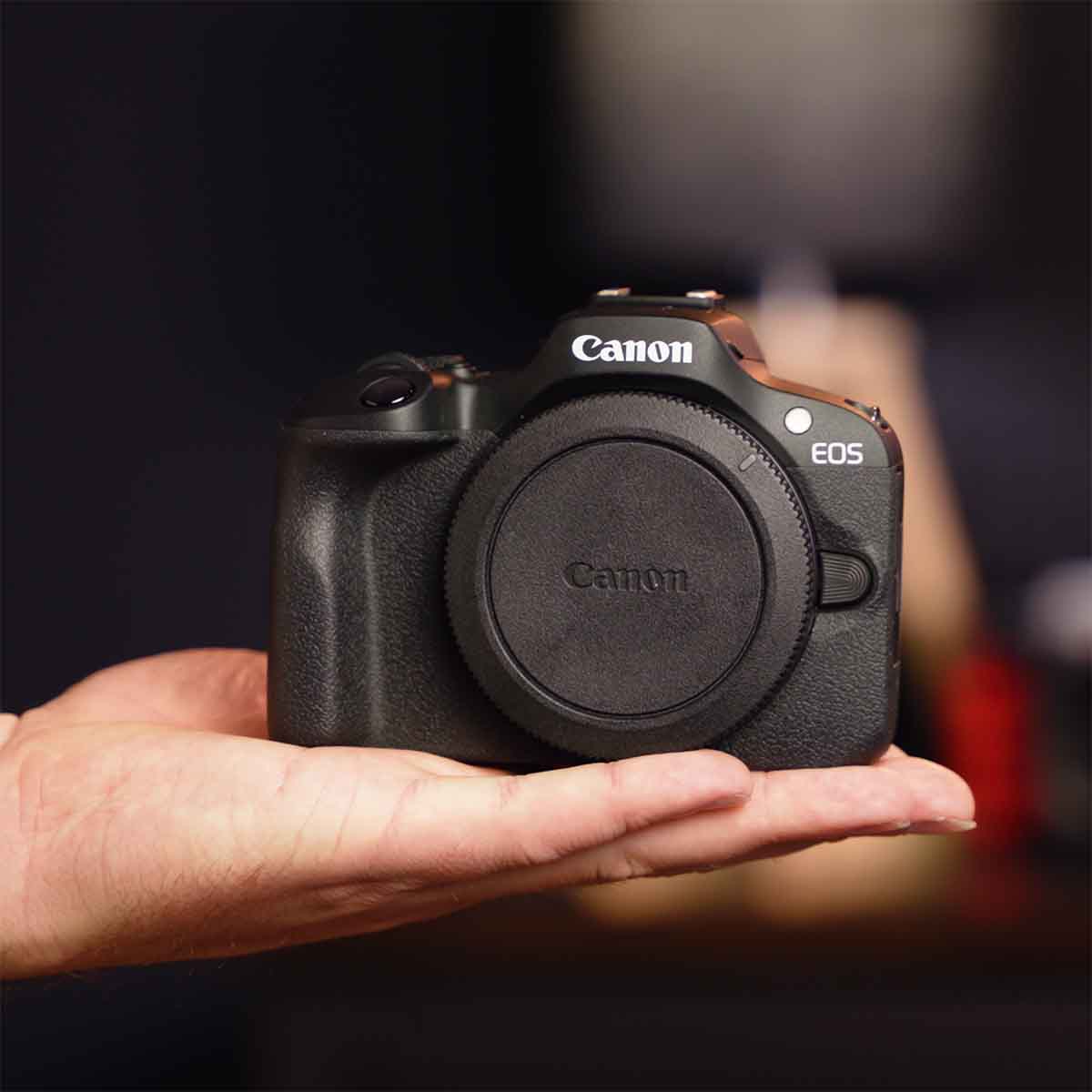
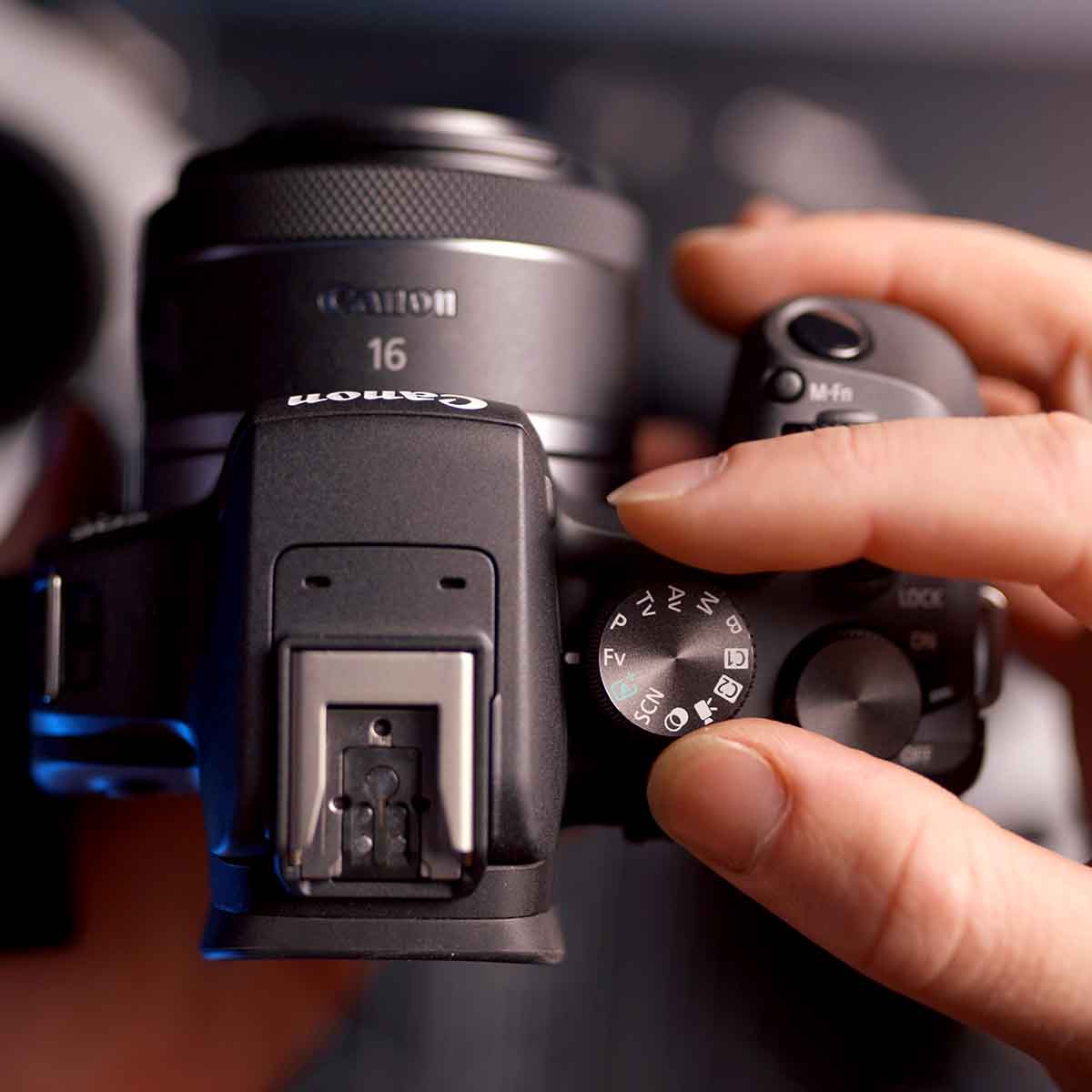
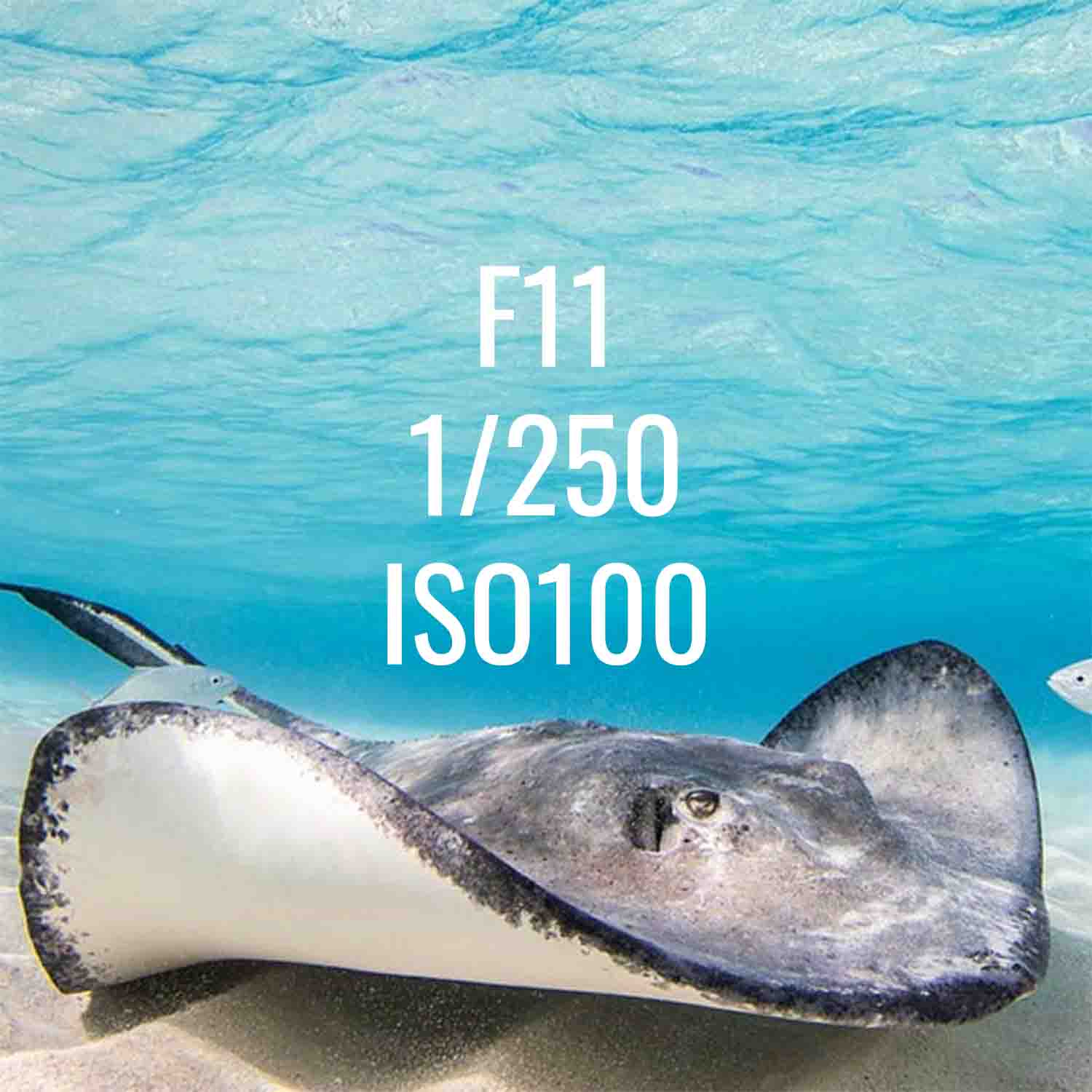
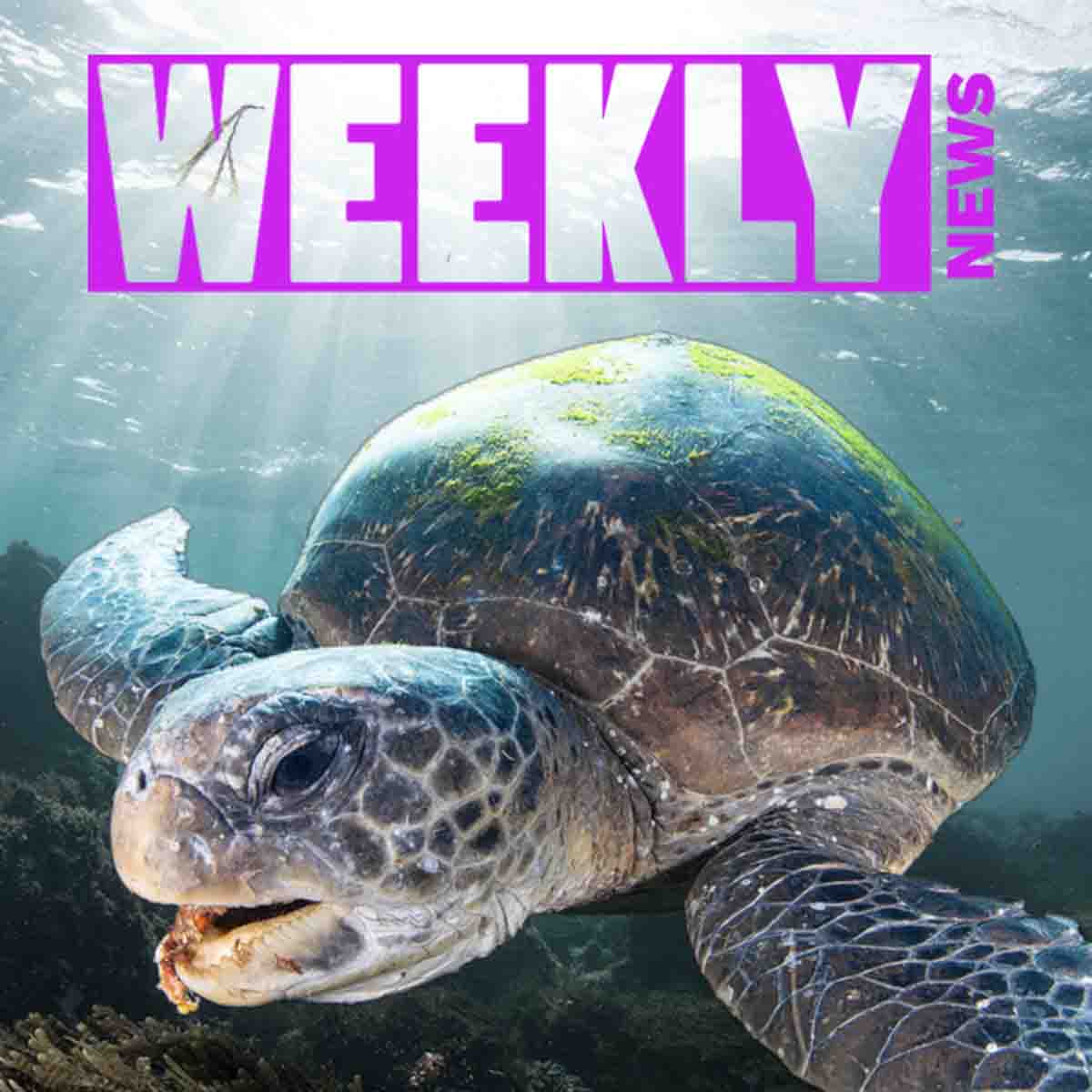
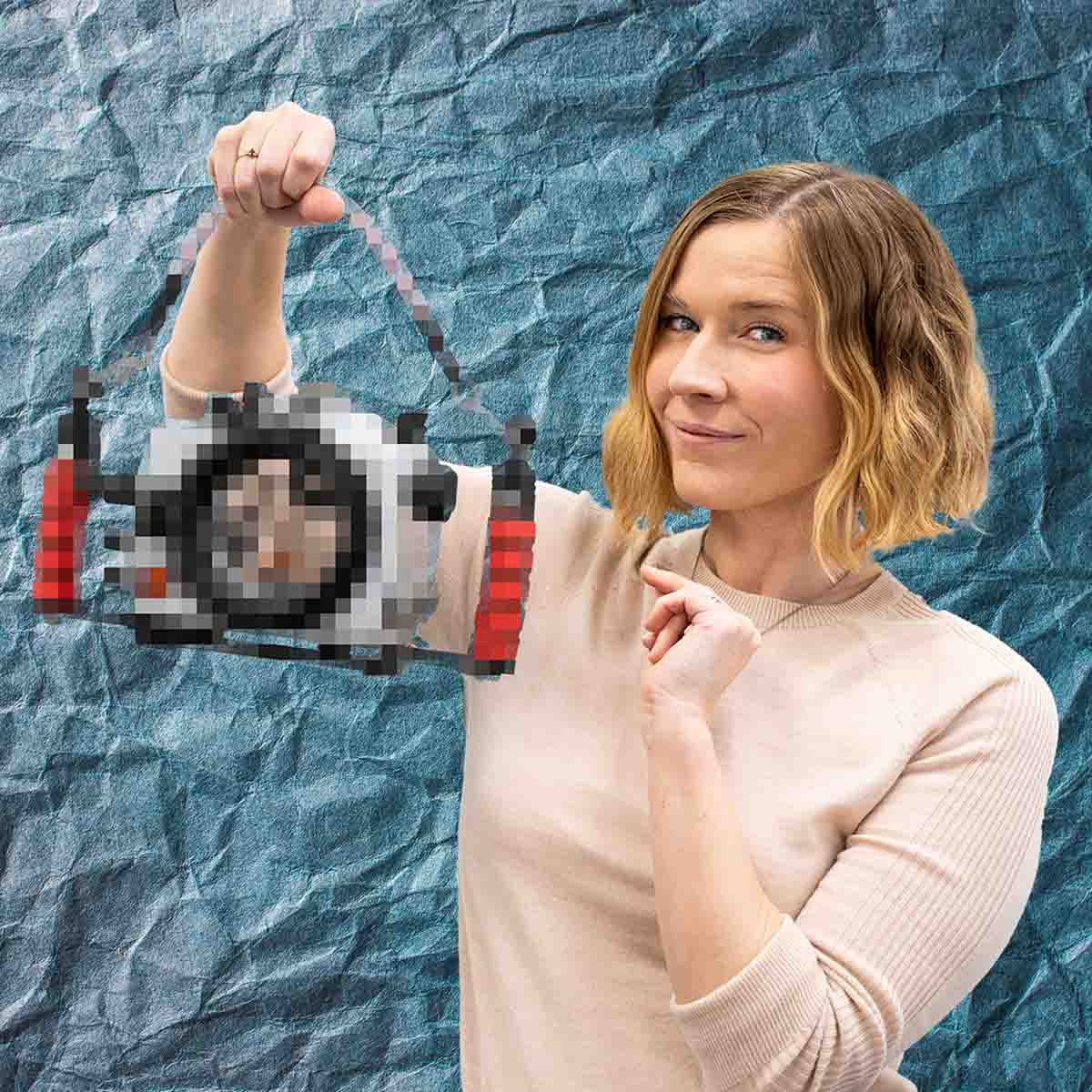
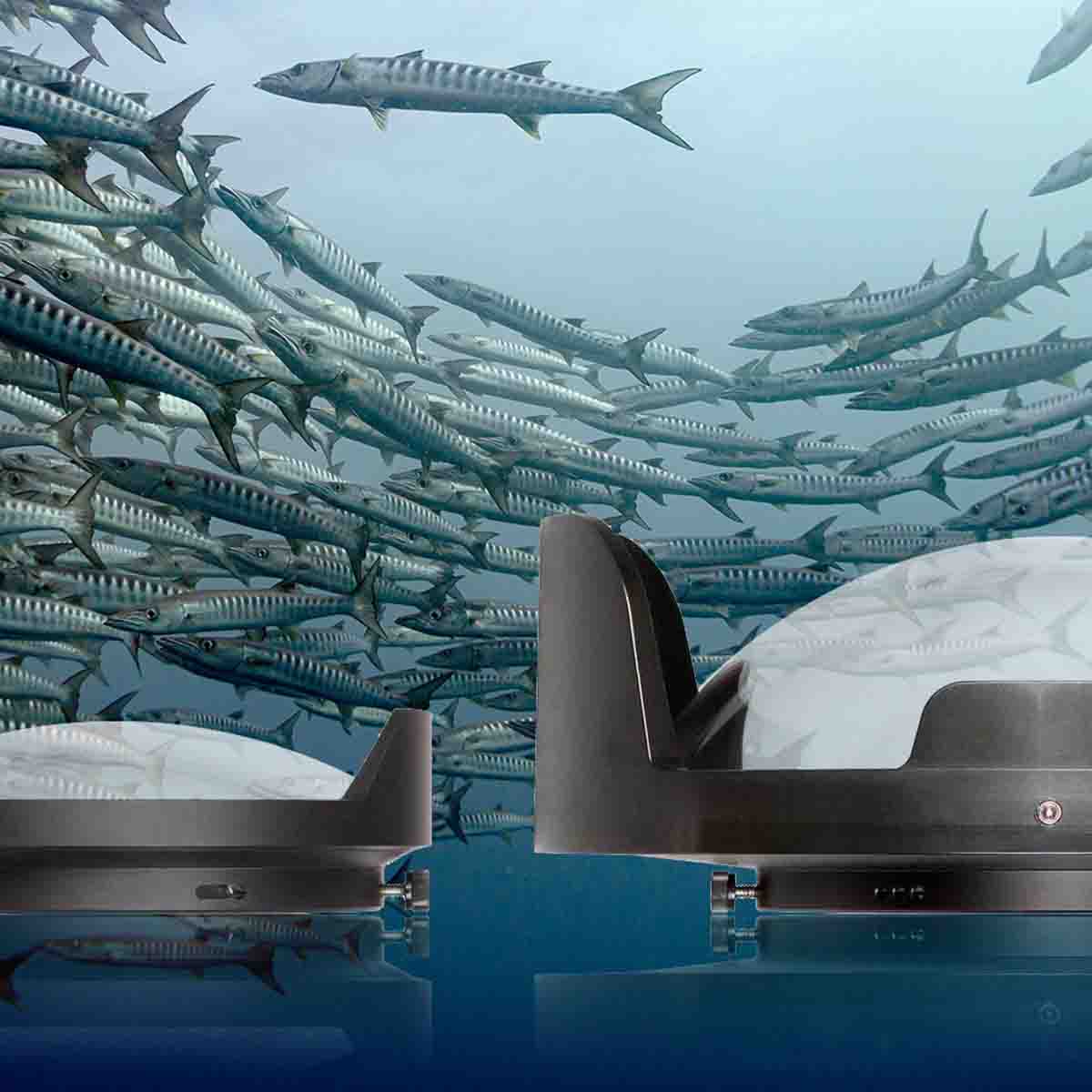
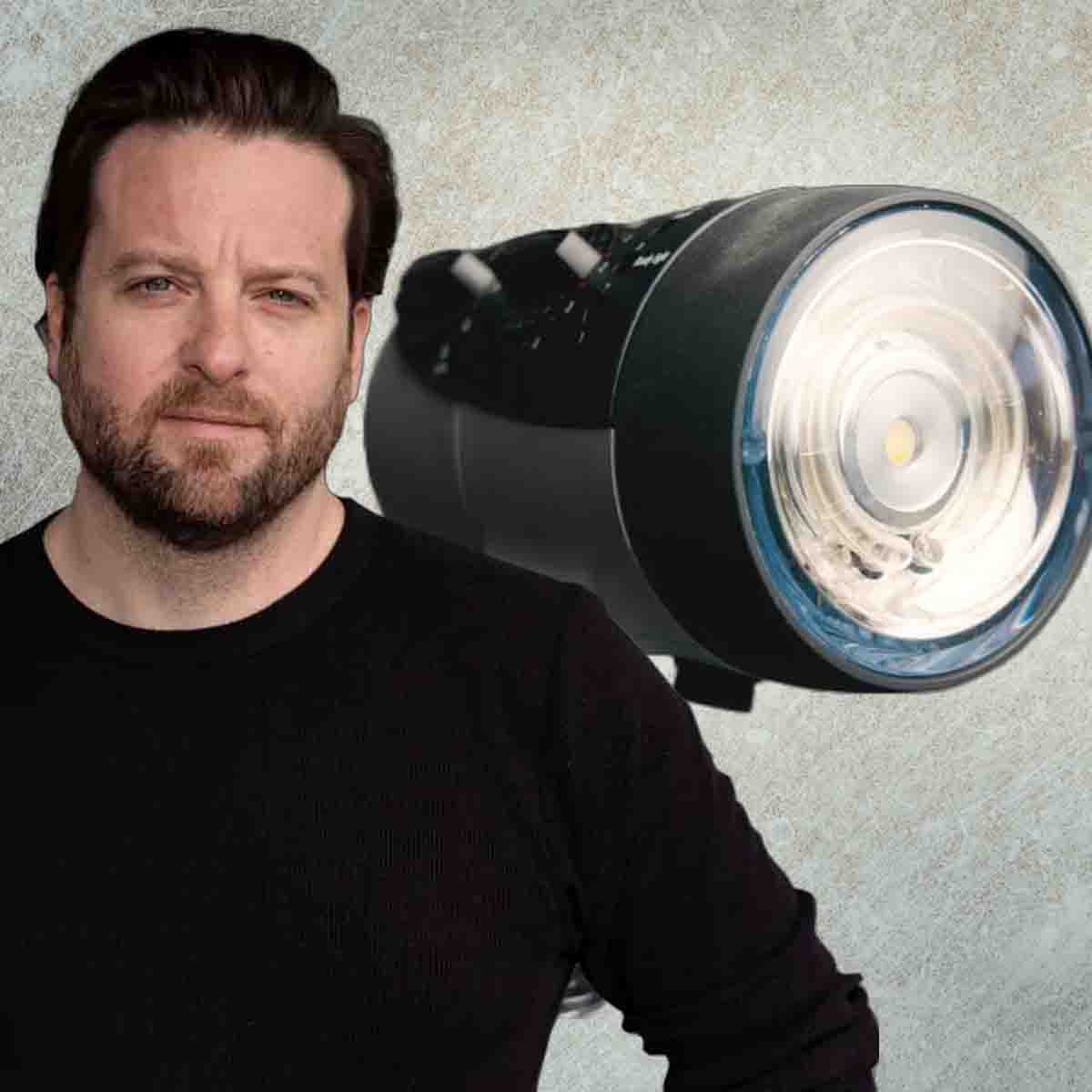
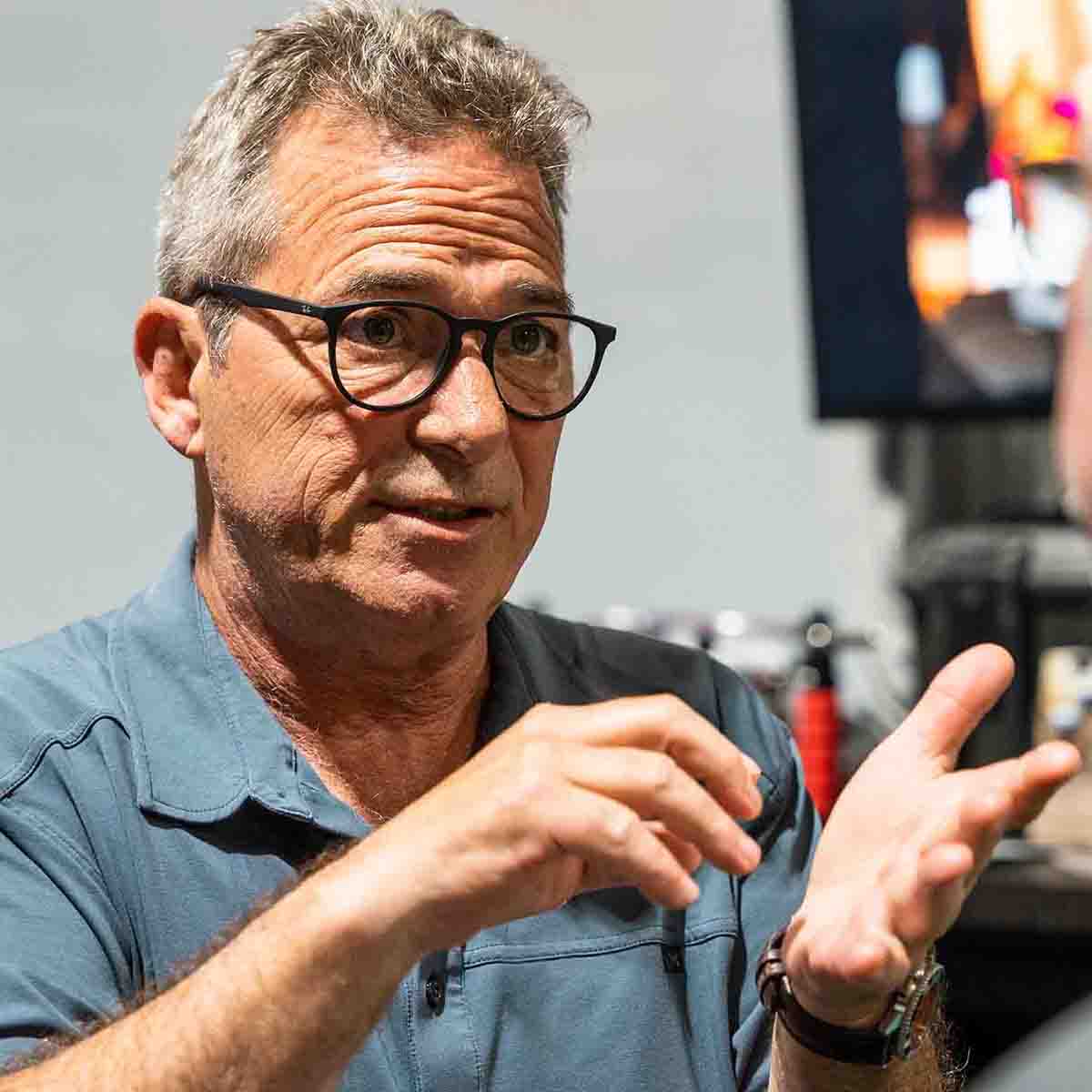
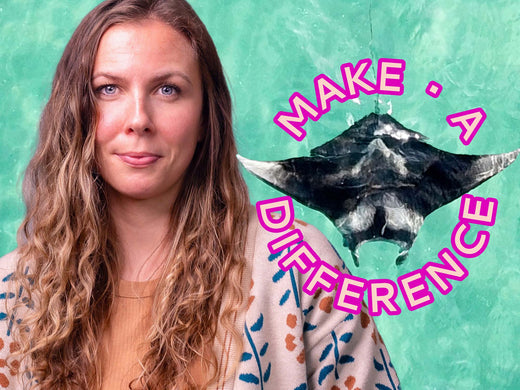
![Underwater with the Sardine Run at Magdalena Bay with Brandi Mueller [VIDEO]](http://www.ikelite.com/cdn/shop/articles/Sardine_Run_at_Magdalena_Bay_Blog_Cover_520x500_520x500_4526e31e-ed99-4dde-bb37-0580a4c97acd.jpg?v=1736523412&width=520)
